Book Review 2014 #4 - Hannah Kent's Burial Rites
 Burial Rites by Hannah Kent
Burial Rites by Hannah Kent
Published by: Back Bay Books
Publication Date: August 29th, 2013
Format: Paperback, 338 Pages
Rating: ★★★★
To Buy
Agnes Magnúsdóttir has been convicted of killing her lover and employer, Natan Ketilsson. She has been scheduled to be executed. Agnes is sent to an isolated farm at Kornsa, near where she grew up, to await her execution. The family of four living in the croft at Kornsa must allow Agnes into their lives for the duration because of the will of the District Commissioner, Björn Blöndal. Divided by prejudices, most the family doesn't trust the murderess, but over time, slowly, they do get to know Agnes, and she is far from what they expected. With the counsel of a local Reverend, Tóti, Agnes tells her story, knowing that nothing can stop her impending death.
Books based on actual events are tricky. My main problem with them is you know what's going to happen. Agnes Magnúsdóttir was the last execution in Iceland. Therefore Agnes is going to die. No matter how much you love or hate her this will not change the fact that the end of her story is a fixed point, she can not live. As for her imagined life, in some regards I was at an advantage and in some regards I was at a disadvantage. I knew nothing about Agnes and the legend that has grown up around her seeing as I'm not familiar with Icelandic history or urban legends or even Iceland when I started this book. This gave me a clean slate. I could view her story with no preconceptions. Yet Hannah Kent was obviously out to change these preconceptions. So how could I fully understand what she was trying to do without being fully aware?
What I felt this book lacked was a coda that showed how maligned Agnes was in her time. Some historical context after the fact that would have shown us exactly what the preconceptions were that Hannah was working against in writing this book. The national museum still has the axe and the chopping block used in Agnes's execution on display. Is this because of it being the last capital punishment, or the triumph over evil, or to remind them of a wrong they did as a country? The problem of trying to find out the folklore surrounding Agnes now, the wanton witch, is that the web is populated with Hannah's story of setting things to right, or at least giving us an unbiased view. So while we won't know the truth, I'd at least like a glimpse into the mindset of the times.
Burial Rites does suffer because Hannah is a first time author. The book lacks a polish that would smooth over the rough patches and the literary tricks she pulls out of her bag. I think that literary tricks are the bane of first time writers. They go to school, learn all these concepts and narrative techniques, and then decide to use them all in their first endeavor as a writer. The key to writing a good book is to let the story tell you what it needs, not to shoehorn in things just to show you can do it. I know at least one of my fellow book club members would agree with me that Hannah's annoying preference for "Head-Hopping" is something that needed to be worked on to avoid the disjointed nature it brings to the narrative.
For those of you who don't know the term, or have never experienced this technique in writing, "Head-Hopping" is when an author switches the point-of-view character in a single scene. One second you're in Agnes's head, the next you're in Tóti's head, and on and on. While it gives you a more direct connection to the characters then omniscient narration, it can be confusing at times and feel contrived. But then again, I've never been a fan of literary tricks. Nothing has or even will annoy me more then in John Scalzi's Redshirts that his first, second, and third coda were written in first, second, and third person respectively. That's just a writer being indulgent. Seriously, ask yourself does it benefit the story? If the answer is no, it benefits my ego, then cut it.
Yet I was able to look beyond these initial flaws because underneath there was a fascinating story that transported me to another place and time. Plus, seriously, if you're feeling bad about your life, it's not as bad as it could be, and this novel is here to prove it. Though it was looking from Iceland to the greater world view of the time that staggered me. Iceland is a country above the tree line, the use of wood in buildings at this time is rare and used only for the wealthy or places of importance. The country is bleak and dark and filled with mud, lots and lots of mud. Houses are sod with sheep bladders as the membranous windows through which the little light sneaks in. Summer days are spent preparing for the long winter days to come when all you do is stay indoors and knit.
If someone was to tell you that this was 1830 you might be in shock, I know I was. At this time Jane Austen had already come and gone. Queen Victoria would be on the throne of England in only seven more years. Napoleon had already stirred up France, bugged off to Egypt, been incarcerated, escaped, and died. The Revolutionary War in America was almost fifty years prior! If we think of these times do we think of an advanced country like Iceland, a country where one in ten people have written a book, and think, mud huts filled with knitters? NO! This just blows my mind. To think of this greater world view through the eyes of this story and this time just astonishes me. Sure, I could tell you you should read Burial Rites it because it's like Icelandic Brontës, but in truth it is so much more amazing.

























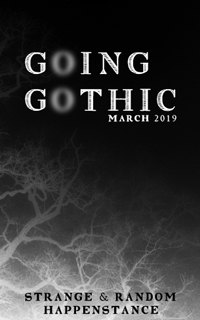
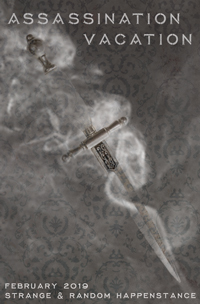
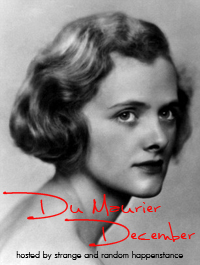
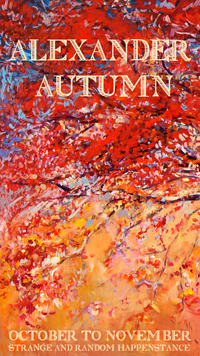





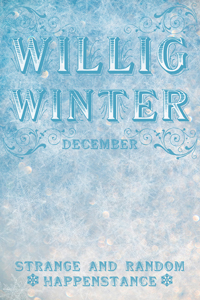

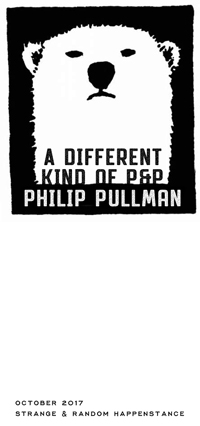



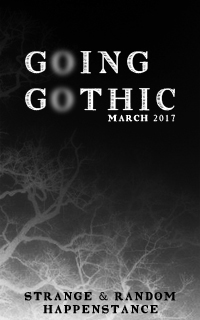

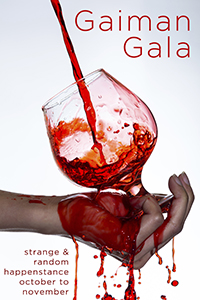
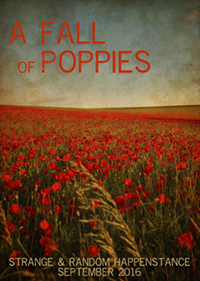



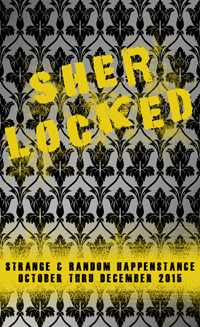
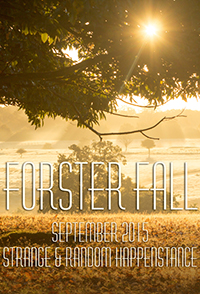
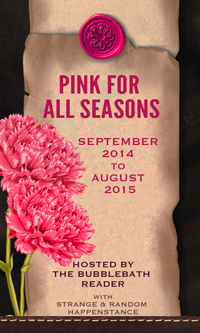
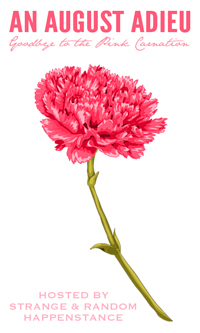




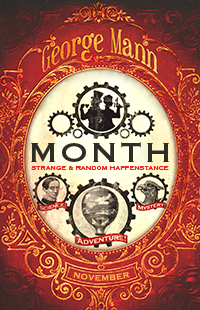

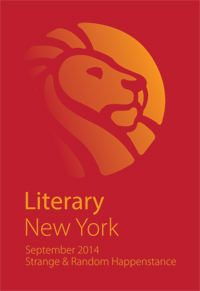




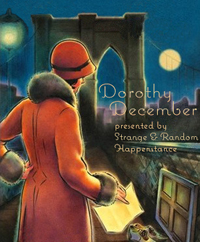























Post a Comment